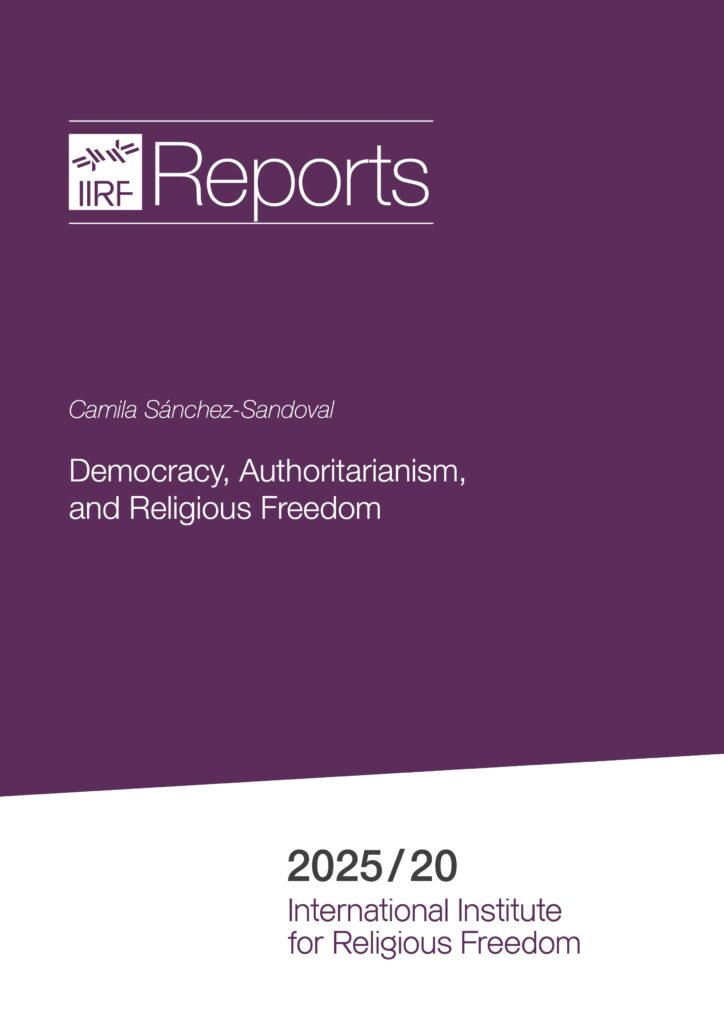According to the V-Dem 2025 report, nearly three-quarters of the global population—72 %—now live under autocratic regimes, the highest percentage since 1978. For the first time in more than twenty years, there are more autocracies (91) than democracies (88). In addition, about 3.1 billion people—roughly 40 % of humanity—live in countries experiencing processes of autocratization.
The report clarifies the key concepts behind these political changes. Democratization refers to progress toward greater democracy: it may occur when a country moves from an authoritarian regime toward greater political freedoms (liberalization), or when an existing democracy is strengthened (deepening). In contrast, autocratization is a regression: it occurs when a democracy begins to weaken (democratic backsliding) or when an autocracy becomes more rigid (hardening). Based on these processes, V-Dem classifies countries into four types of regimes: closed autocracies, electoral autocracies, electoral democra¬cies, and liberal democracies. This classification shows that the world is not simply black or white (democracy versus autocracy), but instead contains multiple shades of gray, with many countries occupying intermediate or “gray zone” positions.
The most recent map from the Global State of Democracy Initiative graphically illustrates this reality: Between 2020 and 2024, most countries experienced setbacks in representation, rights, rule of law, and participation. The result is a world largely colored in red, with only a few exceptions in green that symbolize progress.
